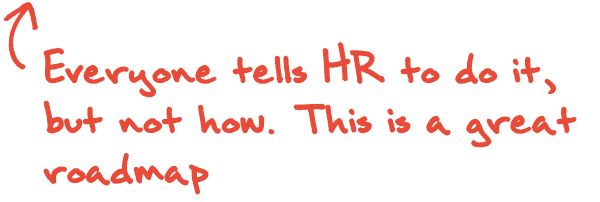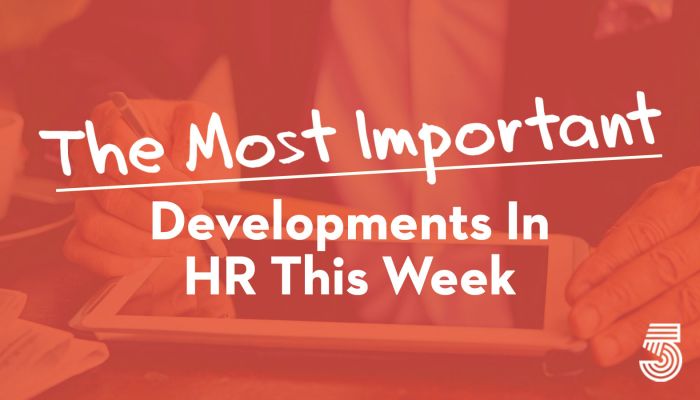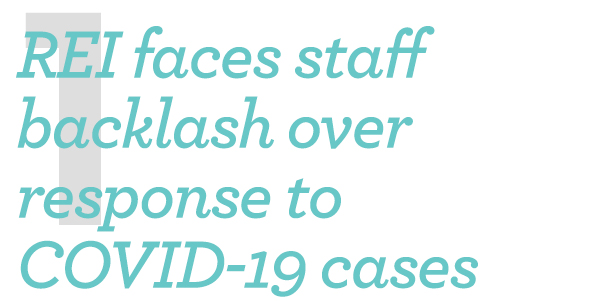
On July 6, REI employees in Grand Rapids, MI, received a jarring message from a colleague. “Hey guys just so everybody knows I tested positive for COVID-19. I was told not to tell anybody and that the store would let everybody know what was going on. I assumed everyone knew but apparently that was not the case.” The sender was immediately bombarded with well wishes — and questions. When? The results came in at 10:30 p.m. on July 2, just before a holiday weekend that included travel with family for some employees. Why didn’t store managers alert employees? “I was told that management would let people know what was going on and to not post or say anything on social media,” the employee wrote. An outcry from the Grand Rapids workers was soon joined by employees at REI stores in states like Arizona and Texas using social media to say that their store managers had not properly informed them about colleagues who had tested positive. When leadership from the Grand Rapids store eventually acknowledged the case in a July 9 email, it said its decision-making involved “a small army of people and departments across the co-op.” The New York Times
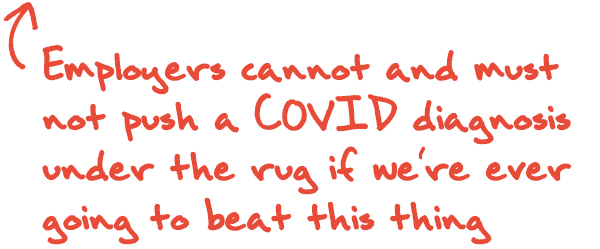
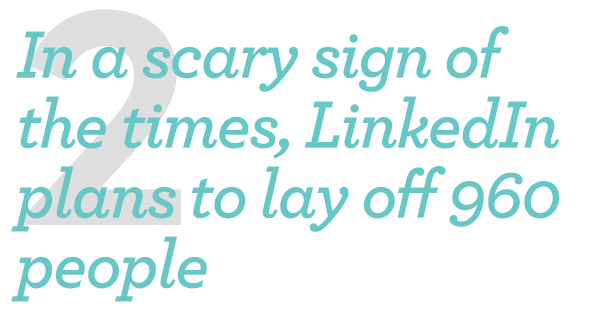
In a sign of the times, with a little bit of irony, LinkedIn — the go-to social media site for white-collar professionals — announced that it is laying off 960 workers. In an open memo from LinkedIn CEO Ryan Roslansky to his employees, published on the platform, he wrote, “LinkedIn is not immune to the effects of the global pandemic. Our Talent Solutions business continues to be impacted as fewer companies, including ours, need to hire at the same volume they did previously.” Chris Russell, the managing director of RecTech Media and 20-plus year expert on recruiting technology and job boards said, “The layoffs at LinkedIn are not surprising given the fact that thousands of recruiters have lost their jobs due to COVID-19.” Russell points out that a substantial portion of the social media platform’s revenue is derived from recruiters purchasing pricey subscriptions and job postings. With fewer recruiters, he said, “They have less people to sell into right now.” Forbes

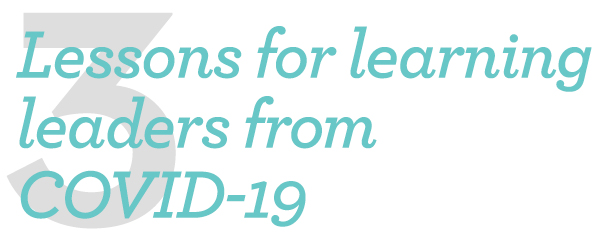
From a learning and development perspective, the impacts of workplace transitions are numerous. These include, to name a few, addressing implications of mass teleworking shifts; devising smart classroom instruction conversions, and avoiding virtual instruction fails; fulfilling vast cross-training needs associated with job role changes and reboarding; and producing more and better learning with reduced resources. So, what are talent development leaders doing to not only address current challenges, but to ready their organizations for our “next normal”? In our responses to COVID-19, challenges abound in supporting how learning gets done. Adoption of remote collaboration and productivity tools becomes a key consideration. Project priorities continue to evolve. Budgets are cut and employees are furloughed or laid off. Every business faces unique obstacles based on their industry, offerings, financial well-being, and culture. Chief Learning Officer
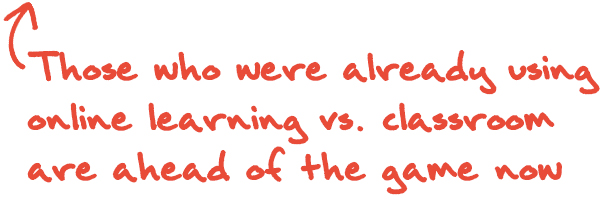
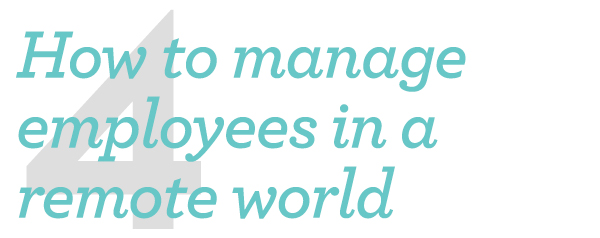
Despite the many positive attributes of remote work, there can be some challenges with the digital future, especially in terms of leadership and management. Digital happy hours, teambuilding meetings, and video chats are vital in sustaining company culture and morale. If deadlines are met, the quality of work hasn’t faltered, and the team remains reliable, refrain from imposing any tactics that encourage micro-managing. Instead, open the doors of communication. If an employee is struggling due to the effects of remote working, collaborate with the team member on what the obstacles are and how to tackle them. The working term of “9-5 business hours” is fast becoming obsolete, with remote employees regulating their own schedules dependent upon their responsibilities at home, as well as their personal preferences. Training
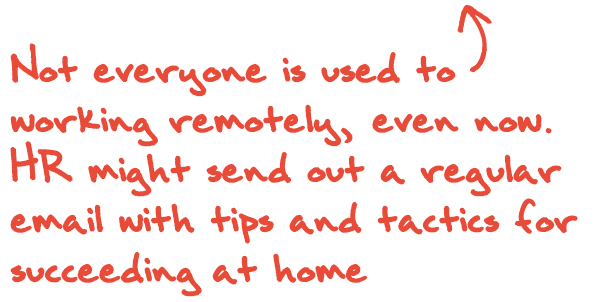
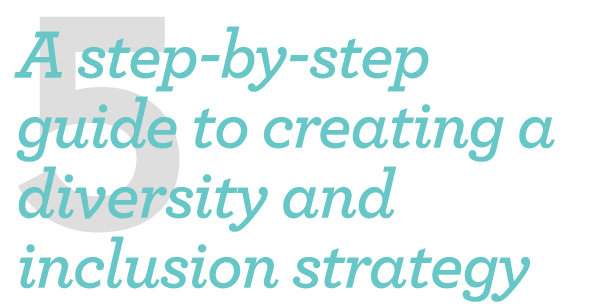
Creating a diversity and inclusion (D&I) strategy is not only a matter of compliance or the right thing to do, but it can also increase a business’s bottom line to the tune of 19%. The simple mandate — creating more diversity and inclusion — has proved to be challenging for many industries. For instance, the sales industry has only experienced a 3% increase in female leadership roles over the last decade. Even more mind-blowing, only 37 of the companies on this year’s Fortune 500 are led by female CEOs, and only 3 out of those 37 are women of color. To ensure that your business promotes diversity and inclusion for all walks of human life, use the following guidelines and tips to develop a robust D&I strategy: Take stock and acknowledge the problem, stop the conscious and unconscious bias, be congruent, hold leaders at every level accountable for supporting D&I, and don’t do it alone: form a task force. HRPS
